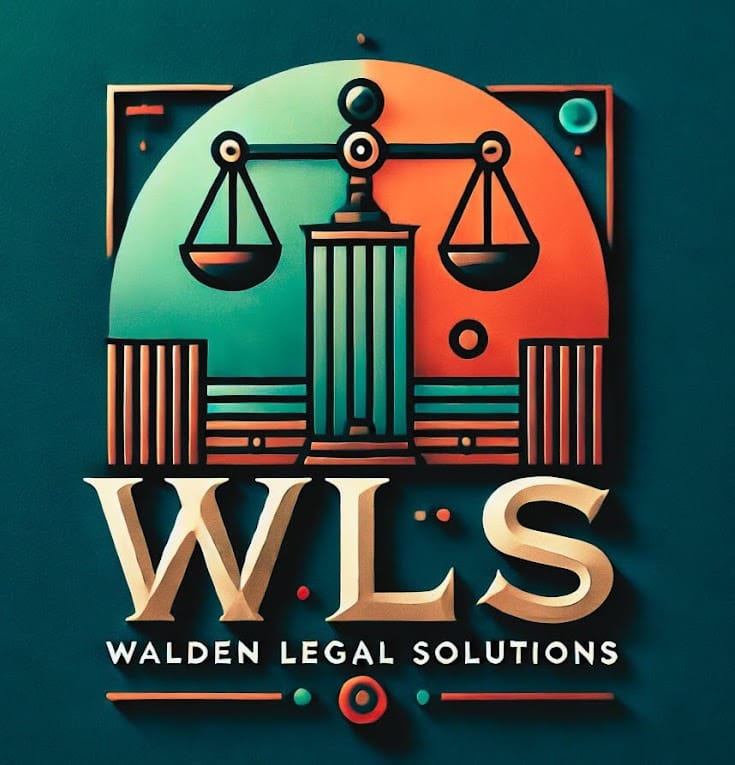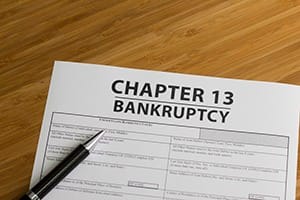Chapter 13 Bankruptcy Plan Payment
Understanding your Chapter 13 Plan Payment
If you’re considering filing for Chapter 13 bankruptcy, you’re likely wondering, “How much will my monthly plan payment be?” The answer depends on several factors unique to your financial situation. Here’s a breakdown of what goes into calculating your payment.
1. Your Income and Expenses
Your disposable income—the money left after covering basic living expenses—is the foundation for determining your Chapter 13 payment. This includes costs like housing, utilities, food, and transportation. When filing, you’ll provide a detailed list of your income and expenses for the court to review. The court uses this information to decide how much of your disposable income can go toward repaying debts.
2. The Type and Amount of Debt You Owe
Chapter 13 bankruptcy involves repaying a portion of your debts over a three to five-year period, depending on your income. The total amount you owe and the type of debts you have will affect your payment amount. Debts in a Chapter 13 plan typically fall into three categories:
- Priority Debts: These include obligations like child support, alimony, and certain taxes. Priority debts must be paid in full through your repayment plan.
- Secured Debts: These are debts backed by collateral, such as a mortgage or car loan. In most cases, you’ll need to catch up on any missed payments during your plan, and you may also need to continue making regular payments outside of the bankruptcy.
- Unsecured Debts: Credit card bills, medical expenses, and personal loans are common unsecured debts. Depending on your disposable income and the length of your plan, you may only be required to pay a portion of these debts.
3. Length of Your Plan: Three or Five Years
The length of your repayment plan impacts your monthly payment:
- Three-Year Plan: If your income is below the state median, you may qualify for a three-year repayment plan. This shorter plan means your monthly payments may be higher because you’re paying off debts in less time.
- Five-Year Plan: If your income is above the state median, you’ll typically be required to commit to a five-year plan. The longer-term can spread out your payments, potentially lowering your monthly amount.
4. The Best-Interest Test
Your Chapter 13 plan must also pass the best-interest test. This test ensures that unsecured creditors receive at least as much as they would have if you had filed for Chapter 7 bankruptcy. If the value of your non-exempt assets (property you can’t protect under exemption laws) is significant, your payment amount might be higher to satisfy this requirement.
5. Trustee Fees and Administrative Costs
Finally, your Chapter 13 payment will include trustee fees and other administrative costs. The bankruptcy trustee is responsible for distributing your payments to creditors, and their fee is usually a percentage of the total payments you make under the plan. This fee is added to your monthly payment amount.
Estimating Your Payment
Given these factors, estimating your exact payment can be challenging. Consulting with an experienced bankruptcy attorney ensures your repayment plan is tailored to your needs and meets legal requirements.
Your Chapter 13 bankruptcy payment is designed to be affordable while satisfying the requirements of the bankruptcy code. By working with Malissa L. Walden at Walden Legal Solutions, LLC, you can create a realistic plan and achieve a successful financial fresh start.
Ready to explore your options? Contact Walden Legal Solutions, LLC for a free initial virtual consultation today.
Connect with us today for a stress-free legal experience!



